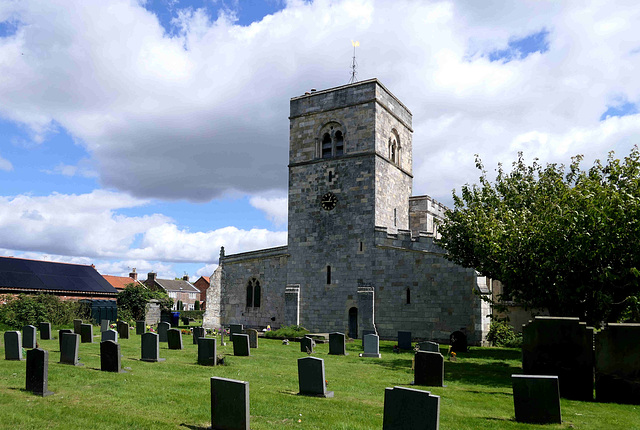Riccall - St Mary
Riccall - St Mary
Ledsham - All Saints
Ledsham - All Saints
Ledsham - All Saints
Birkin - St Mary
Birkin - St Mary
Birkin - St Mary
Birkin - St Mary
Otley - Top Dry Cleaners
Otley - All Saints
Otley - All Saints
Otley - The Black Bull
Ilkley - All Saints
Ilkley - All Saints
Ilkley - All Saints
Ilkley - All Saints
Ilkley - All Saints
Ilkley - All Saints
Blackpool
Blackpool
Blackpool
Blackpool - Woody´s
Selby - Selby Abbey
Selby - Selby Abbey
Selby - Selby Abbey
Selby - Selby Abbey
Selby - Selby Abbey
Selby - Selby Abbey
Selby - Selby Abbey
Selby - Selby Abbey
Selby - Selby Abbey
Barton-upon-Humber - St Mary
Barton-upon-Humber - St Mary
Grimsby - Grimsby Minster
Louth - St James
Louth - St James
Burwell - Buttercross Hall
Skegness - Clock Tower
Southwell - Southwell Minster
Southwell - Southwell Minster
Southwell - Southwell Minster
Southwell - Southwell Minster
Southwell - Southwell Minster
Southwell - Southwell Minster
Location
Lat, Lng:
You can copy the above to your favourite mapping app.
Address: unknown
You can copy the above to your favourite mapping app.
Address: unknown
See also...
Keywords
Authorizations, license
-
Visible by: Everyone -
All rights reserved
-
92 visits
Riccall - St Mary


Riccall is noted for being the place where Harold Hardrada's force of invaders landed in 1066, just before the Battle of Stamford Bridge between an English army under King Harold Godwinson and an invading Norwegian force led by King Harald Hardrada and the English king's brother Tostig Godwinson. Although Harold Godwinson repelled the Norwegian invaders, his army was defeated by the Normans at Hastings less than three weeks later.
The oldest part of the church are the three western bays of the nave, which date from the mid- or late-12th century. The tower was built around the end of that century, then in the early 13th century, arcades were added, followed in the late 13th century by the chancel and north chapel. The chancel was repaired some time after 1472, when a south chapel was added. Between then and the English Reformation, the nave was heightened, a rood loft added, the aisles were widened, and a porch was built.
The oldest part of the church are the three western bays of the nave, which date from the mid- or late-12th century. The tower was built around the end of that century, then in the early 13th century, arcades were added, followed in the late 13th century by the chancel and north chapel. The chancel was repaired some time after 1472, when a south chapel was added. Between then and the English Reformation, the nave was heightened, a rood loft added, the aisles were widened, and a porch was built.
kiiti has particularly liked this photo
- Keyboard shortcuts:
Jump to top
RSS feed- Latest comments - Subscribe to the comment feeds of this photo
- ipernity © 2007-2025
- Help & Contact
|
Club news
|
About ipernity
|
History |
ipernity Club & Prices |
Guide of good conduct
Donate | Group guidelines | Privacy policy | Terms of use | Statutes | In memoria -
Facebook
Twitter

Sign-in to write a comment.